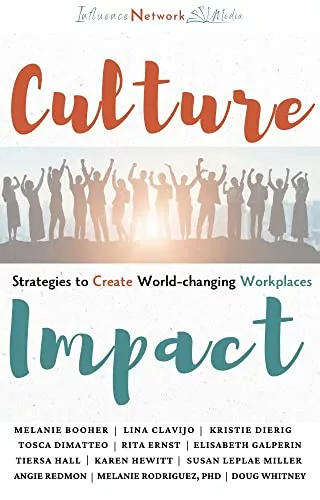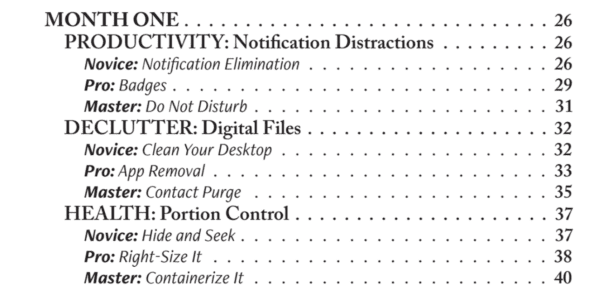In the corporate world, it's all too common to witness the glorification of the hustle-and-grind mentality. Elisabeth Galperin, RaderCo Productivity Specialist and founder of the company Peak Productivity, shared invaluable insights on our Health-Powered Productivity podcast on moving toward a culture of contribution.
Guest post by Elisabeth Galperin.
As a business productivity coach, keynote speaker, and productivity trainer, I interact with professionals of all ages and at varying stages of their careers. Many are managers and leaders in midsize companies and large corporations. Others are entrepreneurs scaling their businesses, growing their teams, and expanding their products and services. All of them are sleeping less, working more, and taking on more responsibilities than they can handle in the workplace. Why? Because most individuals still believe this hustle-and-grind approach is the only, or maybe the best, way to climb the ladder toward success and leadership.
I almost always kick off my team training and workshops by asking participants to brainstorm a list of synonyms and connotations that come to mind when they see or hear the word BUSY. The responses are almost always the same negative words and feelings: stress, overwhelm, disorganization, inefficiency, spinning on a hamster wheel, multi-tasking, feeling out-of-control, whiplash, and chaos.
When I ask the same groups of professionals to reflect upon the word PRODUCTIVE, the connotations are much more positive: prioritization, execution, accomplishment, completion, meaningful work, proactive, effective, intentional, and adding value.
One word I rarely hear – yet often suggest and offer to those listening – is what I believe is the driving force and the core human value behind all working professionals' efforts, actions, behaviors, and goals: CONTRIBUTION.
Research is published on a near daily basis with evidence making it abundantly clear: a culture of busyness is not what today's companies and organizations will benefit from, nor is it what they can afford to encourage or allow. A culture focused on productivity is much more likely to create a desirable workplace environment. Yet, I would propose that the truly ideal workplace culture – where professionals dream of working and where individuals feel extreme gratitude to be team members – is a culture of contribution.
Steps you can take to create a culture of contribution
- An organization with a culture of contribution has clearly defined the most meaningful tasks and responsibilities for each team member. It has created a role where those activities are prioritized and praised.
- A culture of contribution values each individual's unique skills and strengths and allows individuals to demonstrate and utilize those skills without placing unreasonable constraints on how long it takes or where work must be completed.
- A culture of contribution provides continuous clarity to each team member regarding how his/her daily tasks positively impact and directly contribute to the company's greater mission, vision, and values.
- A culture of contribution taps into the innate human desire to work at our highest level, put forth our best effort, and contribute in the most significant way possible to support the group's mission and success.
Is this utopia truly attainable? I firmly believe it is.
Prioritizing Company Culture
The conversation around prioritizing company culture is here to stay. Members of the younger generations are demanding it, and the older generations are beginning to feel more empowered to ask for and expect more from their company than simply a paycheck and health insurance benefits. Most of us in the workforce will spend 90,000 hours at work over a lifetime. That is 30% of our lifetime! Doesn't it seem logical, then, that organizations and leaders would be wise to invest in efforts to ensure that their people are in a place where they are happy, well supported, and are significant contributors to the mission and vision?
Creating a culture of contribution is beneficial for everyone – team members, leaders, and customers. It can also have a domino effect of positive impact on family members and the community.
What is one first step you can take this week or month to begin creating a healthier culture of contribution in your workplace? In the words of George Leonard, “How to begin the journey? You need only to take the first step. When? There is always now.”

Buy the book – Culture Impact: Strategies to Create World-changing Workplaces.

